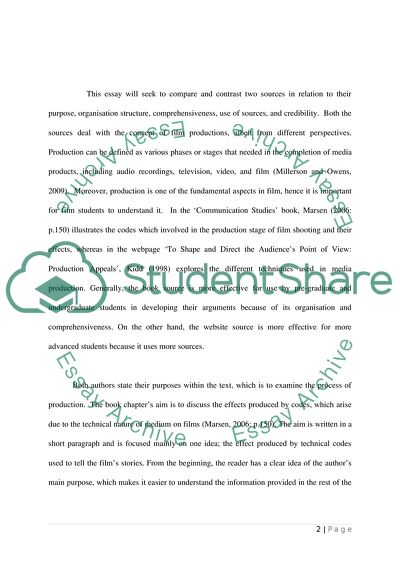Cite this document
(Comparison of Communication Studies Textbook and Website on Film Essay, n.d.)
Comparison of Communication Studies Textbook and Website on Film Essay. Retrieved from https://studentshare.org/media/1872528-comparative-critical-review-communication-studies-textbook-and-website-on-film-production
Comparison of Communication Studies Textbook and Website on Film Essay. Retrieved from https://studentshare.org/media/1872528-comparative-critical-review-communication-studies-textbook-and-website-on-film-production
(Comparison of Communication Studies Textbook and Website on Film Essay)
Comparison of Communication Studies Textbook and Website on Film Essay. https://studentshare.org/media/1872528-comparative-critical-review-communication-studies-textbook-and-website-on-film-production.
Comparison of Communication Studies Textbook and Website on Film Essay. https://studentshare.org/media/1872528-comparative-critical-review-communication-studies-textbook-and-website-on-film-production.
“Comparison of Communication Studies Textbook and Website on Film Essay”. https://studentshare.org/media/1872528-comparative-critical-review-communication-studies-textbook-and-website-on-film-production.


